Solar System formation don't mean a thing without that spin
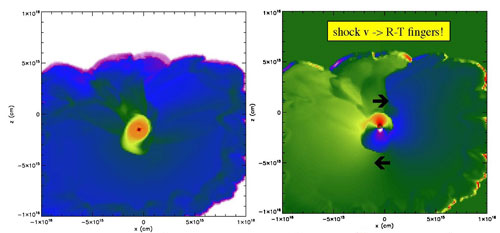 New work provides surprising new details about the trigger that may have started the earliest phases of planet formation in our solar system.
New work provides surprising new details about the trigger that may have started the earliest phases of planet formation in our solar system.
Aug 19th, 2015
Read more
 Subscribe to our Space Exploration News feed
Subscribe to our Space Exploration News feed
 New work provides surprising new details about the trigger that may have started the earliest phases of planet formation in our solar system.
New work provides surprising new details about the trigger that may have started the earliest phases of planet formation in our solar system.
Aug 19th, 2015
Read more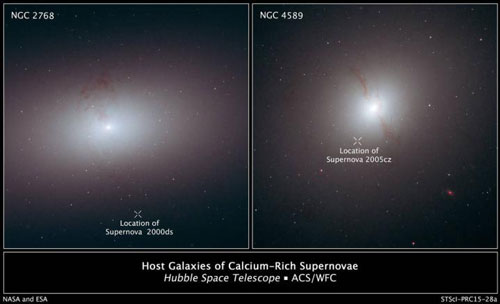 Scientists have been fascinated by a series of unusual exploding stars - outcasts beyond the typical cozy confines of their galaxies. A new analysis of 13 supernovae is helping astronomers explain how some young stars exploded sooner than expected, hurling them to a lonely place far from their host galaxies.
Scientists have been fascinated by a series of unusual exploding stars - outcasts beyond the typical cozy confines of their galaxies. A new analysis of 13 supernovae is helping astronomers explain how some young stars exploded sooner than expected, hurling them to a lonely place far from their host galaxies.
Aug 13th, 2015
Read more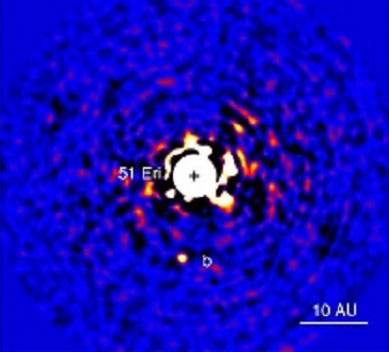 Student's work with recycled planetary dust brings context to the international scientific team's finding.
Student's work with recycled planetary dust brings context to the international scientific team's finding.
Aug 13th, 2015
Read more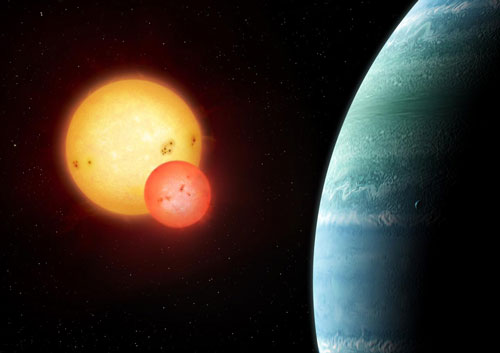 A team of astronomers has discovered a new planet orbiting a pair of stars, the 10th 'circumbinary' planet discovered by NASA's Kepler Mission and a milestone for the 6-year-old spacecraft.
A team of astronomers has discovered a new planet orbiting a pair of stars, the 10th 'circumbinary' planet discovered by NASA's Kepler Mission and a milestone for the 6-year-old spacecraft.
Aug 10th, 2015
Read more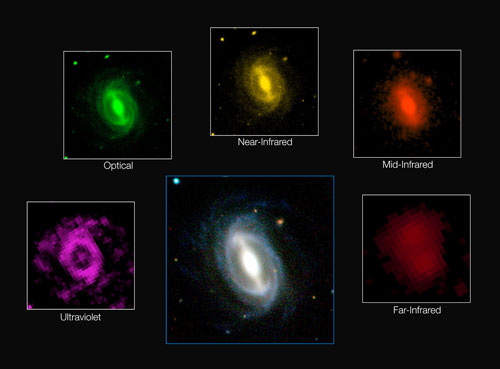 Astronomers studying over 200,000 galaxies have measured the energy generated within a large portion of space more precisely than ever. This represents the most comprehensive assessment of the energy output of the nearby Universe. They confirm that the energy produced in a section of the Universe today is only about half what it was two billion years ago and is occurring from the ultraviolet to the far infrared.
Astronomers studying over 200,000 galaxies have measured the energy generated within a large portion of space more precisely than ever. This represents the most comprehensive assessment of the energy output of the nearby Universe. They confirm that the energy produced in a section of the Universe today is only about half what it was two billion years ago and is occurring from the ultraviolet to the far infrared.
Aug 10th, 2015
Read more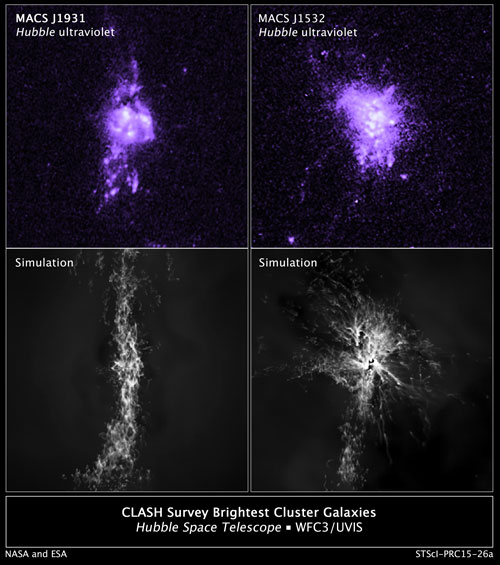 Astronomers have uncovered a unique process for how the universe's largest elliptical galaxies continue making stars long after their peak years of star birth. NASA's Hubble Space Telescope's exquisite high resolution and ultraviolet-light sensitivity allowed the astronomers to see brilliant knots of hot, blue stars forming along the jets of active black holes found in the centers of giant elliptical galaxies.
Astronomers have uncovered a unique process for how the universe's largest elliptical galaxies continue making stars long after their peak years of star birth. NASA's Hubble Space Telescope's exquisite high resolution and ultraviolet-light sensitivity allowed the astronomers to see brilliant knots of hot, blue stars forming along the jets of active black holes found in the centers of giant elliptical galaxies.
Aug 6th, 2015
Read more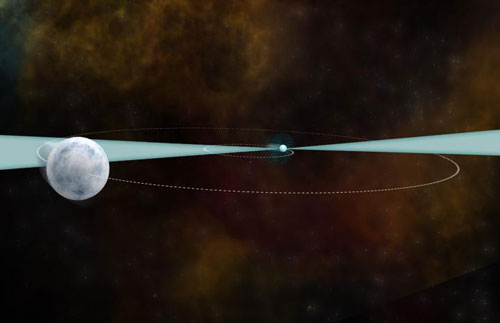 Gravity, one of the four fundamental forces of nature, appears reassuringly constant across the Universe, according to a decades-long study of a distant pulsar. This research helps to answer a long-standing question in cosmology: Is the force of gravity the same everywhere and at all times? The answer, so far, appears to be yes.
Gravity, one of the four fundamental forces of nature, appears reassuringly constant across the Universe, according to a decades-long study of a distant pulsar. This research helps to answer a long-standing question in cosmology: Is the force of gravity the same everywhere and at all times? The answer, so far, appears to be yes.
Aug 6th, 2015
Read more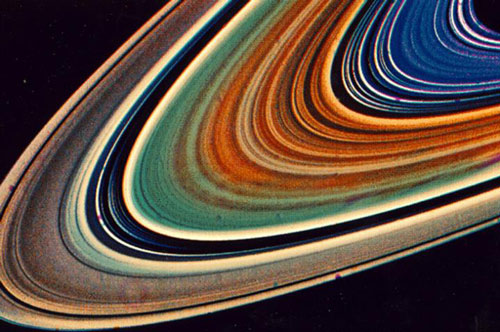 Researchers have explained the structure of Saturn's rings and modeled them using a supercomputer - this result can be applied to a variety of systems.
Researchers have explained the structure of Saturn's rings and modeled them using a supercomputer - this result can be applied to a variety of systems.
Aug 6th, 2015
Read more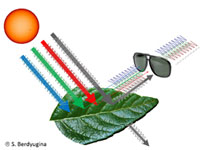 A new technique enables scientists to search for traces of life on exoplanets in reflected light.
A new technique enables scientists to search for traces of life on exoplanets in reflected light.
Aug 6th, 2015
Read more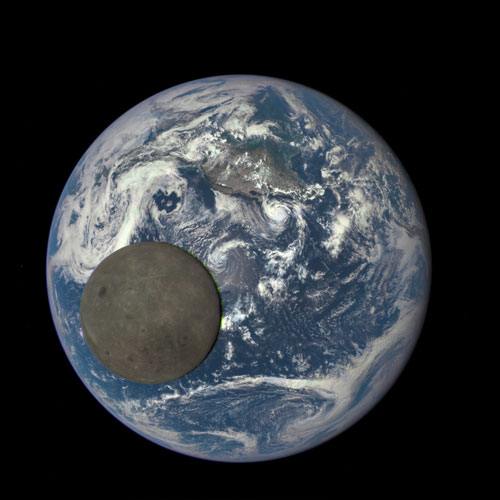 A camera aboard the Deep Space Climate Observatory (DSCOVR) satellite captured a unique view of the moon as it moved in front of the sunlit side of Earth last month. The series of test images shows the fully illuminated 'dark side' of the moon that is never visible from Earth.
A camera aboard the Deep Space Climate Observatory (DSCOVR) satellite captured a unique view of the moon as it moved in front of the sunlit side of Earth last month. The series of test images shows the fully illuminated 'dark side' of the moon that is never visible from Earth.
Aug 6th, 2015
Read more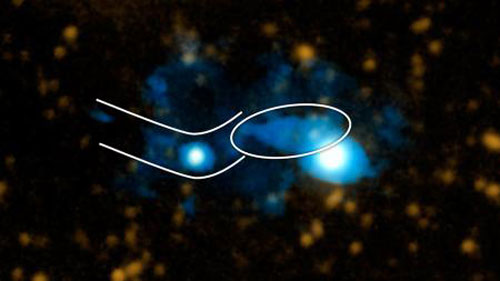 A team of astronomers has discovered a giant swirling disk of gas 10 billion light-years away - a galaxy-in-the-making that is actively being fed cool primordial gas tracing back to the Big Bang. The finding provides the strongest observational support yet for what is known as the cold-flow model of galaxy formation.
A team of astronomers has discovered a giant swirling disk of gas 10 billion light-years away - a galaxy-in-the-making that is actively being fed cool primordial gas tracing back to the Big Bang. The finding provides the strongest observational support yet for what is known as the cold-flow model of galaxy formation.
Aug 5th, 2015
Read more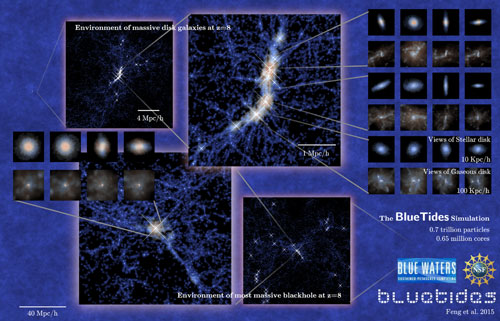 A new, large-scale computer simulation has shown for the first time that large disk galaxies, much like our own Milky Way, may have existed in the early days of the universe.
A new, large-scale computer simulation has shown for the first time that large disk galaxies, much like our own Milky Way, may have existed in the early days of the universe.
Aug 5th, 2015
Read more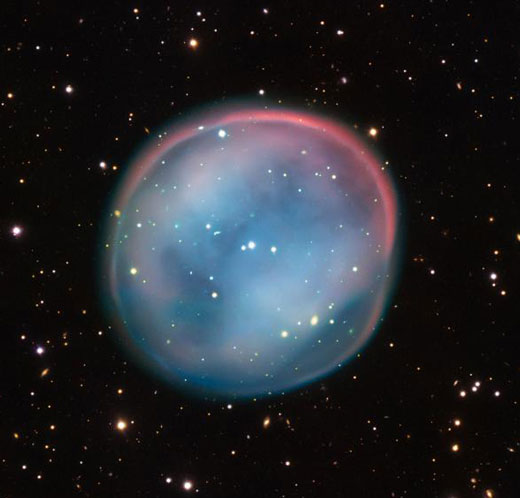 This extraordinary bubble, glowing like the ghost of a star in the haunting darkness of space, may appear supernatural and mysterious, but it is a familiar astronomical object: a planetary nebula, the remnants of a dying star. This is the best view of the little-known object ESO 378-1 yet obtained and was captured by ESO's Very Large Telescope in northern Chile.
This extraordinary bubble, glowing like the ghost of a star in the haunting darkness of space, may appear supernatural and mysterious, but it is a familiar astronomical object: a planetary nebula, the remnants of a dying star. This is the best view of the little-known object ESO 378-1 yet obtained and was captured by ESO's Very Large Telescope in northern Chile.
Aug 5th, 2015
Read more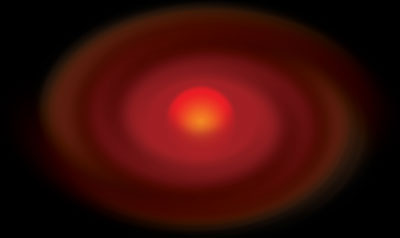 A group of scientists think they have the answer to this so-called 'lithium problem': it was destroyed and re-accumulated by these stars shortly after they were born.
A group of scientists think they have the answer to this so-called 'lithium problem': it was destroyed and re-accumulated by these stars shortly after they were born.
Aug 5th, 2015
Read more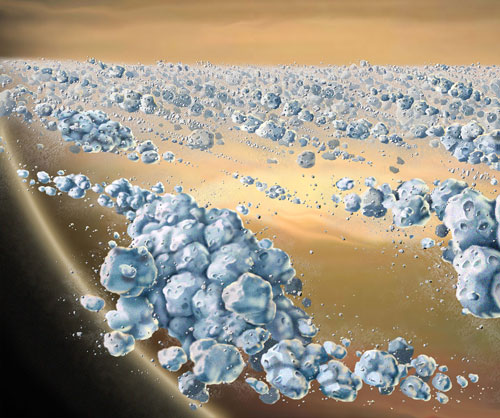 Study suggests planetary rings have a universal particle distribution.
Study suggests planetary rings have a universal particle distribution.
Aug 5th, 2015
Read more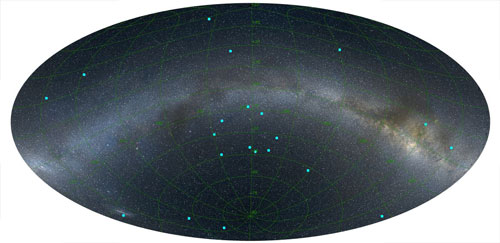 Astronomers have found what appears to be the largest feature in the observable universe: a ring of nine gamma ray bursts - and hence galaxies - 5 billion light years across.
Astronomers have found what appears to be the largest feature in the observable universe: a ring of nine gamma ray bursts - and hence galaxies - 5 billion light years across.
Aug 4th, 2015
Read more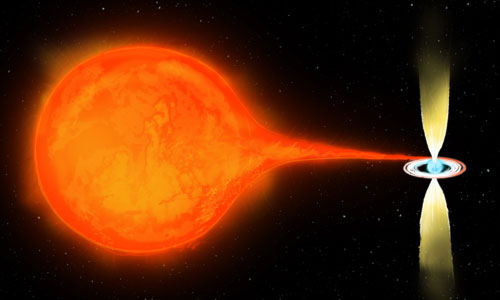 A super-dense star formed in the aftermath of a supernova explosion is shooting out powerful jets of material into space, research suggests.
A super-dense star formed in the aftermath of a supernova explosion is shooting out powerful jets of material into space, research suggests.
Aug 4th, 2015
Read more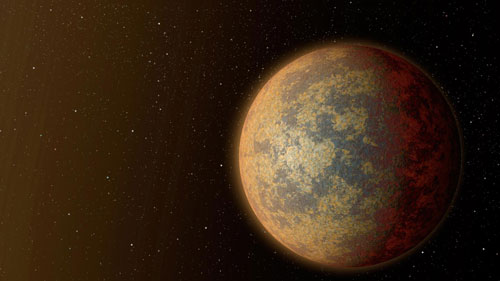 A star in the constellation Cassiopeia has a planet in a three-day orbit that transits, or crosses in front of its star. At a distance of just 21 light-years, it is by far the closest transiting planet to Earth, which makes it ideal for follow-up studies. Moreover, it is the nearest rocky planet confirmed outside our solar system.
A star in the constellation Cassiopeia has a planet in a three-day orbit that transits, or crosses in front of its star. At a distance of just 21 light-years, it is by far the closest transiting planet to Earth, which makes it ideal for follow-up studies. Moreover, it is the nearest rocky planet confirmed outside our solar system.
Aug 3rd, 2015
Read more